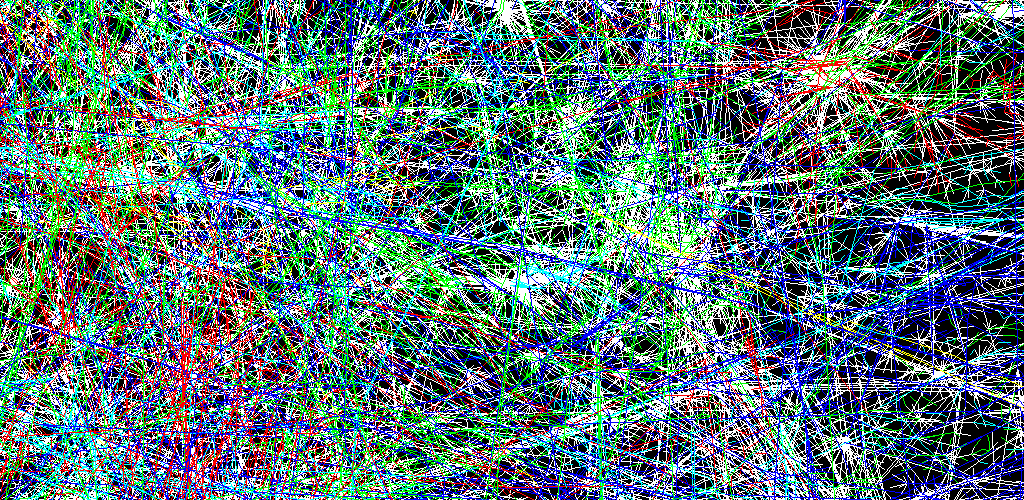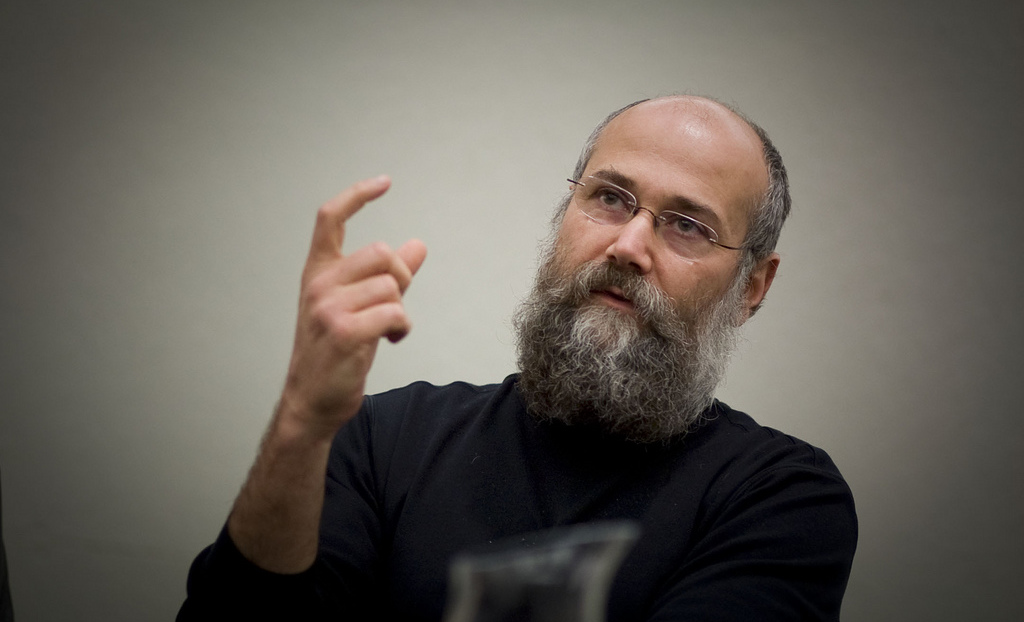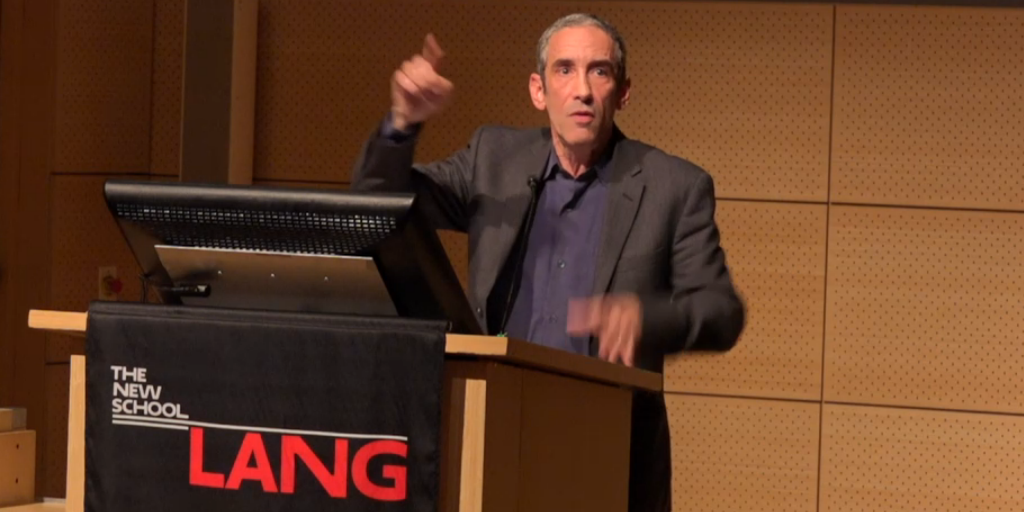
This newsletter was sent 24th April 2017. If you’d like to keep up to speed on the hi:project, click here to subscribe.
Hello hi:project newsletter subscribers. All 255 of you. I’ll get to the point.
The hi:project team is collaborating with others interested in trustworthy and empowering technologies. We’re working to launch the Digital Life Collective and we’d love you to be part of it.
Now for anyone interested in the trials and tribulations of an ambitious, open-source, nonprofit vision such as the hi:project, I provide a fuller debrief below. For those who prefer their updates bitesize, everything you need is contained in the next six paragraphs.
…
You’ll recall the hi:project has some mighty challenges in its sights. We will help: solve personal data & privacy; secure a citizen-centric Internet of Things; transform accessibility & digital inclusion.
Just as for many free open source software projects, no-one profits with the hi:project but rather everyone because of it. And therein lies both the broad opportunity and the deep problem. If everyone secures the return on investment, if the profit cannot be privatised, who exactly is going to make the investment?
In other words, markets aren’t designed to address such particular potential, but that hasn’t stopped us appealing to commercial players – more on how that works below. Moreover, it doesn’t seem foundations can fund and foster such fundamental architecture. And our brush with academic funding was a brush off. In all, we’ve been working across four fronts, failing at these three, and seeing if we can succeed at the fourth.
At first the fourth appears counter-intuitive … if the hi:project seemed too big, fifty of us have banded together so far to go bigger. The Digital Life Collective is a co-operative dedicated to “tech we trust for the world we want”, and today is the day we go all official. Today we put the incorporation paperwork in the post and invite you to become a co-founding member so that together we can give the market a miss for the moment, pause the powwow with foundations, give up grinding the grant applications … and start simply co-operating.
Technology of, by and for the people. Our tech, not their tech. Find out more now at www.diglife.com.
As for engineering the hi:project … well we’ll be making our case to the Collective in due time.
###
The debrief
From the moment we started talking about the hi:project, we contrasted the user interface (UI) and the human interface (HI), the former describing the status quo in which you, the mere user, are actually the used, where you are in fact the product being sold, the civilian being controlled. By adopting HI as our terminology, we communicate the intent to reinstate your sovereignty, your dignity, your humanity. Continue reading









